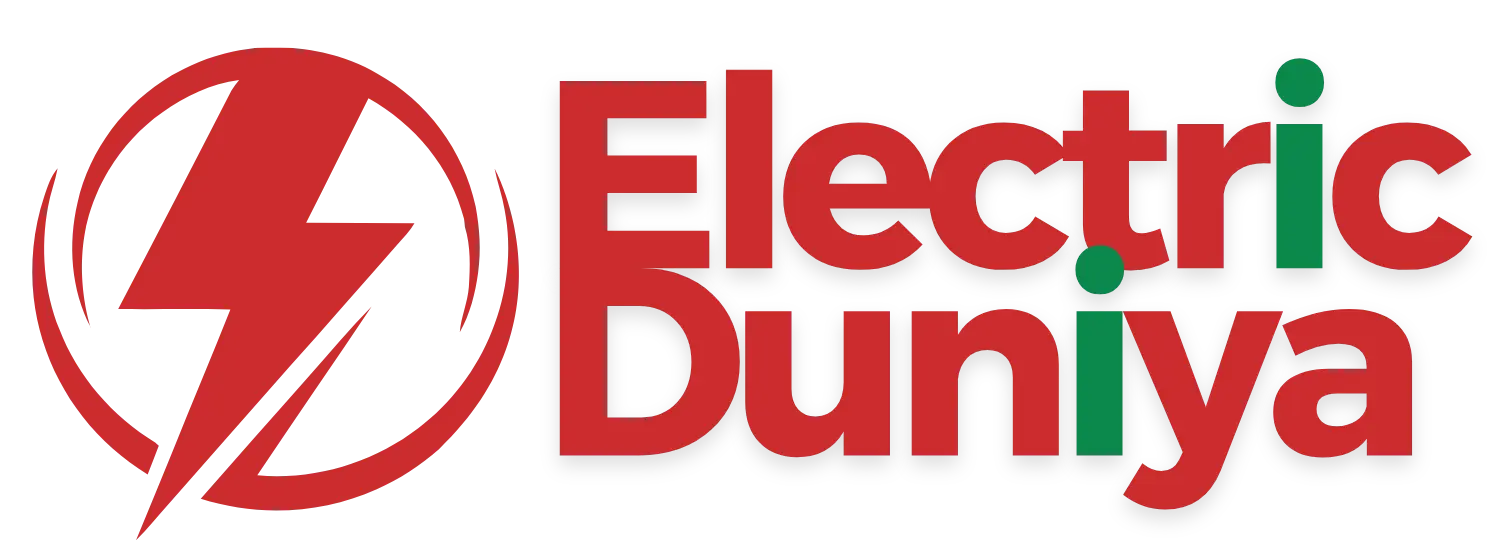Charging Connector
A charging connector is a necessary part of EVs. It connects the power grid to an electric vehicle’s battery. It helps EVs recharge and connects vehicles to charging stations safely, making EV ownership convenient.
Overview
The charging connector provides compatibility between the vehicle and the charging station. Global EV adoption relies on compatible charging systems.
Different countries and manufacturers have their own connector types. For example, Europe and North America use CCS, Japan uses CHAdeMO, and European models use Type 2 connectors. This diversity creates challenges. Solutions are needed to provide seamless usage for EV owners worldwide.
How It Works
The charging connector is a necessary component that allows efficient and safe electric vehicle (EV) charging. It performs three key functions: power delivery, data communication, and safety features.
Power delivery is an important function of the charging connector. It transfers electrical energy from the charging station to the vehicle. The power level, AC or DC, determines the charging speed.
Electric vehicles can charge slowly or quickly using either Type 1 or Type 2 sockets. DC rapid charging uses CHAdeMO or CCS connectors instead. This facilitates quicker and more efficient energy transfer.
Modern charging connectors help vehicles and charging stations communicate. This ensures safe and efficient charging with the right voltage and current. They also have safety features to prevent overheating, overcharging, and accidental disconnection.
Features of Charging Connectors
Charging connectors come with features that make them essential for EV technology:
- Universal designs fit various charging networks. This makes them compatible and easy to use anywhere.
- They’re durable and tolerate weather and repeated use. Durability helps electric vehicles perform well and last long.
- Safety features are built-in to prevent shorts, overheating, and shocks. This keeps you and your vehicle safe.
- For added convenience, they’re easy to plug in and unplug with minimal effort. This makes charging convenient and hassle-free.
- Optimized charging is possible because it supports data exchange. This helps you charge efficiently and effectively.
Applications of Charging Connectors in Electric Vehicles
Charging connectors are used in many electric vehicles. They help cars like Tesla and BMW charge at different speeds. Public charging stations use connectors for fast charging on long trips. Big vehicles like trucks and buses use strong connectors to charge their large batteries.
Many cars have special connectors. The Tesla Model 3 uses a Tesla connector in the US and a CCS connector in Europe. The Hyundai Kona Electric uses CCS for fast charging and Type 2 for slow charging.
These connectors make charging easy and convenient. They also ensure that cars can charge in different places, making long trips possible. This helps people use their electric cars with confidence.
Conclusion
Charging connectors are crucial for electric vehicles. They help charge cars efficiently, safely, and with advanced features. As more people buy electric cars, improving charging connectors is essential.
Understanding how charging connectors work is important. They are crucial for the future of transportation. If you own an electric car or want to buy one, knowing about charging connectors prepares you for the electric revolution. They help make electric cars convenient, sustainable, and easy to use.

